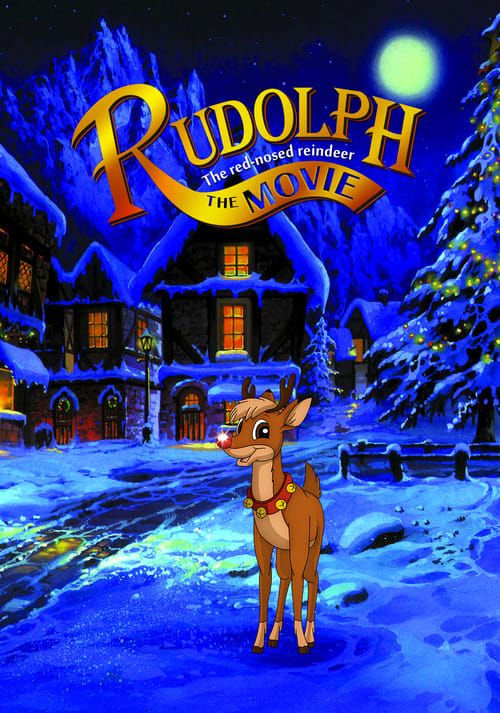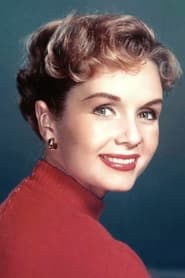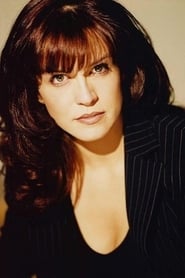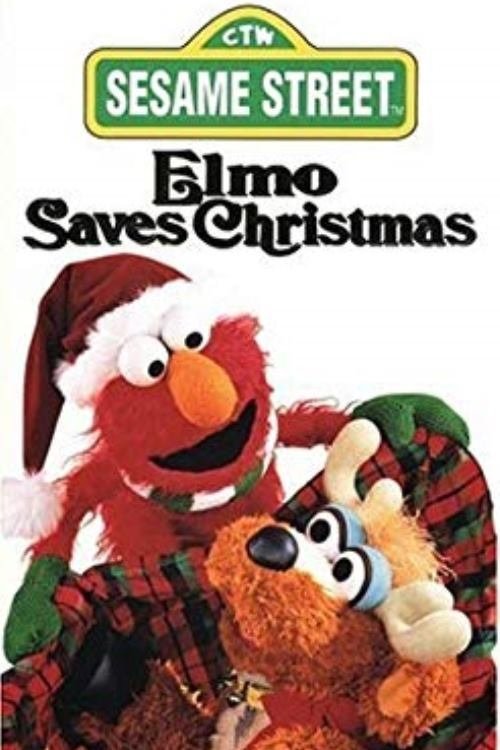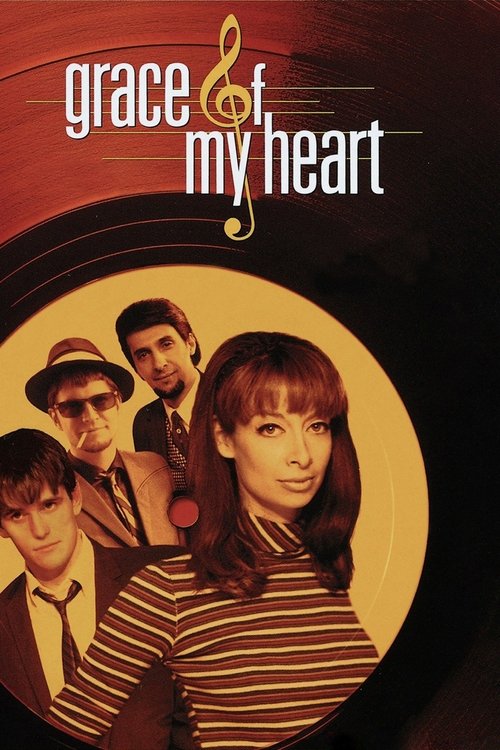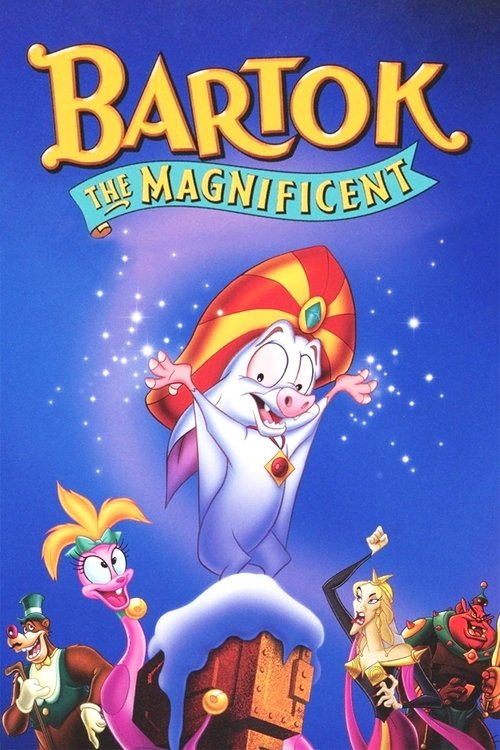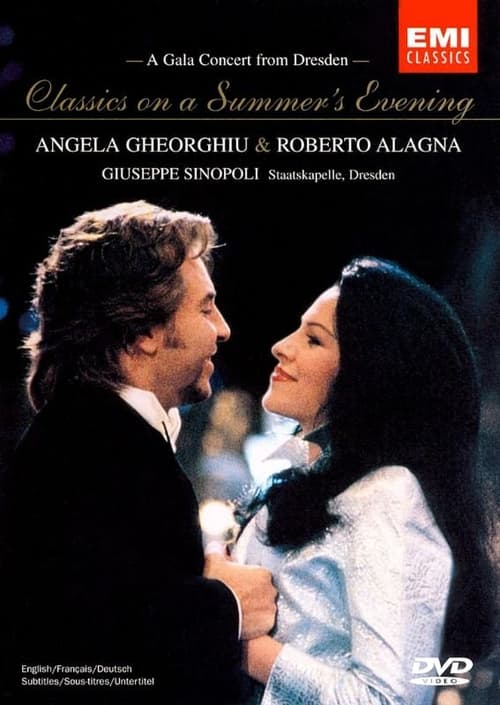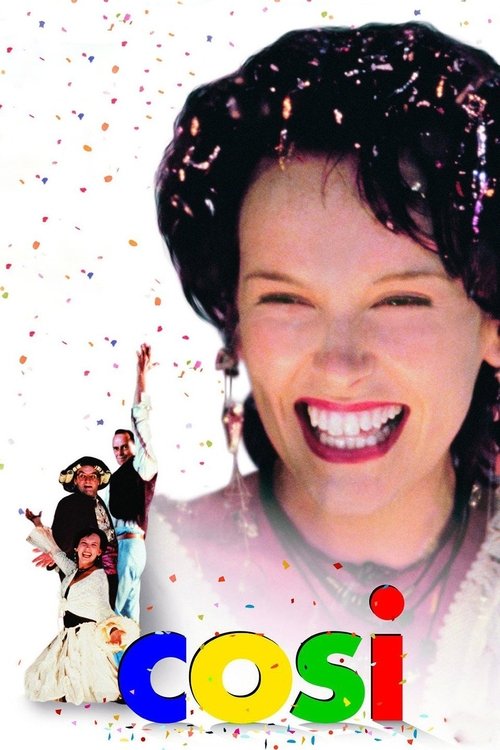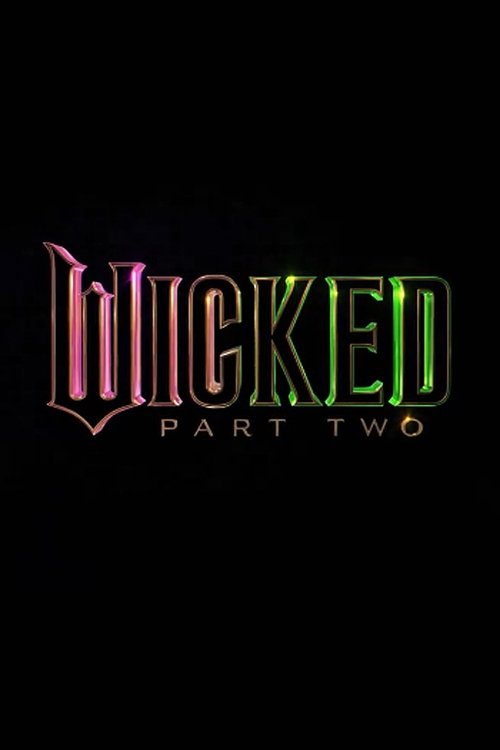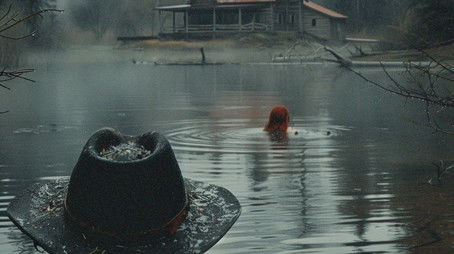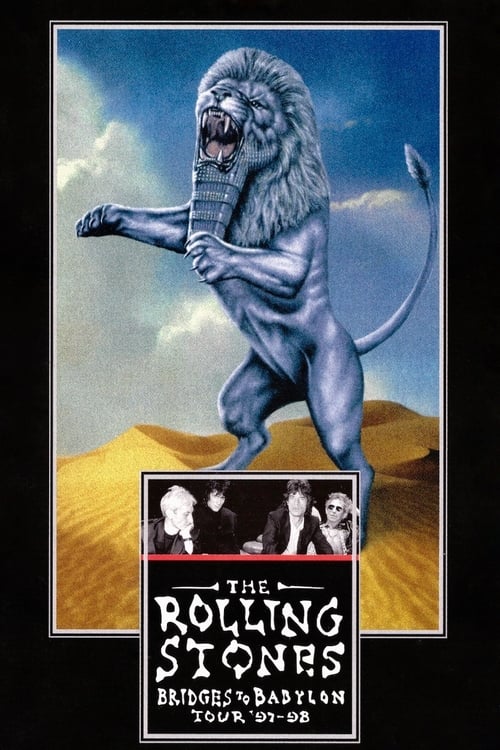
Ask Your Own Question
What is the plot?
The story begins in the magical expanse of Santa's Village at the North Pole, where the Sprites of the Northern Lights perform a dazzling light show in the night sky. Santa Claus and Mrs. Claus watch with delight, their faces glowing with warmth and anticipation as Christmas approaches. This serene scene sets the stage for a tale filled with wonder, conflict, and ultimately, redemption.
Amidst this festive backdrop, a young reindeer named Rudolph is born. Unlike the other reindeer whose noses are the accepted black, Rudolph's nose glows a bright, unmistakable red--a result of a childhood accident. His parents, deeply concerned, worry about how this unusual feature will affect him. They caution him gently, aware that the other reindeer and elves might not be kind. Indeed, Rudolph's glowing red nose becomes a source of ridicule and exclusion. His peers tease him relentlessly, and though Rudolph dreams of joining Santa's sleigh team, his uniqueness makes him an outcast.
One of Rudolph's few comforts is Zoe, a kind doe who shows him warmth and kindness, sparking a shy affection in Rudolph. However, the social challenges mount when the Reindeer Games arrive. Here, Rudolph faces a harsh confrontation: a rival reindeer, vying for Zoe's attention, beats him in the competition. This defeat is not just about the games but a public humiliation that shatters Rudolph's confidence. Feeling misunderstood and hurt, and after mishearing a conversation with his father that he interprets as rejection, Rudolph makes the painful decision to run away from home. He flees into the wilderness, seeking refuge and a place where he can belong.
In the wild, Rudolph finds shelter in a cave where he meets Slyly, a clever and loyal fox who becomes his first true friend. Slyly's companionship helps Rudolph begin to overcome his fears and insecurities. Along their journey, they encounter Leonard, a gentle polar bear who joins their growing band of friends. Together, they form an unlikely trio bound by friendship and a shared sense of adventure.
Meanwhile, a dark threat looms over the North Pole. Stormella, the Ice Queen, is introduced as a powerful and vengeful figure. Her wrath is ignited when two of Santa's elves, Boone and Doggle, accidentally destroy several of her cherished ice statues. Furious, Stormella closes the bridge that connects her icy domain to the rest of the North Pole and declares a dire warning: if anyone attempts to cross her bridge, she will unleash a blizzard so fierce it will prevent Santa from delivering presents on Christmas Eve. Her icy fortress and the closed bridge symbolize a barrier not only physical but also magical, threatening to halt the joy and spirit of Christmas.
Zoe, worried about Rudolph's disappearance, bravely crosses Stormella's forbidden bridge in search of him. As Stormella predicted, Zoe is captured and imprisoned in the Ice Queen's castle, deepening the stakes and urgency of the story. When Rudolph learns of Zoe's capture, he resolves to rescue her. Accompanied by Slyly and Leonard, he ventures into the heart of Stormella's domain. The castle is a chilling place, filled with glittering ice and shadowed halls, reflecting the Ice Queen's cold heart.
Inside the castle, Rudolph and Leonard are captured by Stormella's minions, while Slyly cleverly remains outside, orchestrating a daring rescue. The tension escalates as Stormella's blizzard begins to rage, threatening to engulf the entire North Pole and stop Santa's Christmas journey. The friends' courage is put to the ultimate test.
In a dramatic confrontation, Rudolph uses the unique glow of his red nose to blind Stormella temporarily, giving them a chance to escape. Yet, in a moment that reveals Rudolph's true character, he saves Stormella from falling off a cliff, showing compassion even to his enemy. This act of bravery and kindness surprises Stormella and marks a turning point. Moved by Rudolph's mercy and reminded of the North Pole's rules and the spirit of Christmas, Stormella's icy demeanor begins to melt. She grants Rudolph a wish as a token of gratitude, and Rudolph selflessly wishes for Stormella to become nice, transforming her from a vengeful queen into a benevolent figure.
Despite this reconciliation, the blizzard continues to threaten the Christmas Eve flight. Santa initially declares the weather too dangerous for flying, casting doubt on whether presents will be delivered at all. But Rudolph's glowing red nose proves to be the solution. Leading Santa's sleigh team through the storm, Rudolph's light cuts through the blizzard's fury, guiding the sleigh safely across the sky. This moment is visually stunning: the dark, swirling snow illuminated by the radiant red glow of Rudolph's nose, symbolizing hope and acceptance.
The film concludes with Rudolph celebrated as a hero, finally embraced by the other reindeer and the North Pole community for his unique gift. The blizzard subsides, Christmas is saved, and the spirit of friendship, courage, and acceptance shines brighter than ever. Rudolph's journey from outcast to savior embodies the timeless message that what makes us different can also make us extraordinary.
More Movies Like This
Browse All Movies →
What is the ending?
In the ending of "Rudolph the Red-Nosed Reindeer: The Movie," Rudolph and his friends save Christmas by delivering presents to children around the world. They overcome the challenges posed by the villain, the evil toy maker, and ultimately, Rudolph's unique nose shines brightly, guiding Santa's sleigh through the fog. The story concludes with Rudolph being celebrated for his differences, and he finds acceptance among his peers.
Now, let's delve into the ending in a more detailed narrative fashion:
As the climax of the story unfolds, Rudolph, along with his friends, including Clarice, Hermey the elf, and Yukon Cornelius, confront the evil toy maker, who has been hoarding toys and plotting to ruin Christmas. The scene is tense, filled with a sense of urgency as the characters realize that Christmas is in jeopardy. The toy maker, with his sinister demeanor, has captured the spirit of joy and is determined to keep the toys for himself, refusing to let them be delivered to the children who eagerly await them.
In a pivotal moment, Rudolph's nose begins to glow brightly, illuminating the dark workshop where the toys are held captive. This light symbolizes hope and the power of individuality. The friends rally together, using their unique skills to outsmart the toy maker. Hermey, who has always wanted to be a dentist, uses his knowledge to distract the toy maker, while Yukon Cornelius employs his strength to break down barriers that separate the toys from freedom.
As they manage to free the toys, the scene shifts to Santa Claus, who is in a state of panic. The fog is thick, and he fears he won't be able to deliver presents on Christmas Eve. Just when all seems lost, Rudolph steps forward, his nose shining like a beacon in the night. Santa, recognizing Rudolph's unique gift, asks him to lead the sleigh through the fog. This moment is filled with emotion as Rudolph, who has faced rejection and ridicule, finally finds his place and purpose.
With Rudolph at the helm, Santa's sleigh takes off into the night sky. The scene is magical, with twinkling stars and the sound of jingling bells as they soar above the clouds. The camaraderie among the characters is palpable; they are united in their mission to bring joy to children everywhere. As they deliver presents, the joy of Christmas fills the air, and the once-dimmed spirit of the holiday is reignited.
The story culminates in a heartwarming scene back at the North Pole, where Rudolph is celebrated as a hero. The other reindeer, who once shunned him, now embrace him, acknowledging that his differences make him special. Clarice, who has always believed in him, stands by his side, her eyes shining with admiration. The final moments are filled with laughter and joy as the characters come together, reinforcing the message of acceptance and the importance of embracing one's uniqueness.
In the end, Rudolph finds not only acceptance but also love and friendship. Hermey, having proven his worth, is now recognized for his talents, and Yukon Cornelius is celebrated for his adventurous spirit. The evil toy maker, having been thwarted, is left to reflect on his actions, while the toys he hoarded are finally delivered to the children, bringing happiness to all.
The film closes with a sense of fulfillment and joy, as the characters realize that their differences are what make them strong. Rudolph, once an outcast, is now a beloved figure, embodying the spirit of Christmas and the power of believing in oneself.
Is there a post-credit scene?
In "Rudolph the Red-Nosed Reindeer: The Movie," produced in 1998, there is no post-credit scene. The film concludes with a heartwarming resolution, where Rudolph, having proven his worth and bravery, is celebrated by his friends and family. The story wraps up with a sense of joy and acceptance, emphasizing themes of friendship and self-acceptance, but it does not include any additional scenes after the credits. The focus remains on the main narrative and the emotional journey of Rudolph and his companions throughout the film.
What motivates Rudolph to leave the North Pole?
Rudolph, feeling isolated and rejected due to his glowing red nose, is motivated to leave the North Pole after being bullied by his peers and feeling the pressure of not fitting in. His desire to find acceptance and a place where he belongs drives him to embark on a journey away from home.
How does Rudolph meet Clarice and what is their relationship?
Rudolph meets Clarice when he is wandering alone after leaving the North Pole. Clarice is immediately drawn to Rudolph's unique nose and sees beyond it, appreciating him for who he is. Their relationship blossoms as she encourages him and expresses her affection, providing him with emotional support and companionship.
What role does Yukon Cornelius play in Rudolph's journey?
Yukon Cornelius is a prospector who becomes a key ally to Rudolph during his journey. He is adventurous and optimistic, and his character adds a sense of humor and camaraderie. Yukon helps guide Rudolph and his friends, showcasing bravery and resourcefulness, especially when they encounter the Abominable Snow Monster.
What challenges does Rudolph face when he returns to the North Pole?
Upon returning to the North Pole, Rudolph faces the challenge of proving himself to Santa and the other reindeer. Initially, he is still met with skepticism and doubt due to his nose, but he ultimately confronts these challenges by demonstrating his bravery and the unique abilities his nose provides during a critical moment.
How does the character of the Abominable Snow Monster impact the story?
The Abominable Snow Monster serves as a significant antagonist in the story, creating tension and danger for Rudolph and his friends. His presence forces the characters to confront their fears and work together to overcome obstacles. Ultimately, the monster's transformation from a threat to an ally highlights themes of redemption and acceptance.
Is this family friendly?
"Rudolph the Red-Nosed Reindeer: The Movie" (1998) is generally considered family-friendly, but there are a few scenes and themes that might be potentially objectionable or upsetting for young children or sensitive viewers.
-
Bullying and Isolation: Rudolph faces bullying from other reindeer due to his unique red nose, which may be distressing for children who have experienced similar situations. The emotional impact of feeling different and isolated is a central theme.
-
Fear and Danger: There are moments of peril, particularly when Rudolph and his friends encounter the Abominable Snow Monster. The monster's aggressive behavior and the tension surrounding these encounters could be frightening for younger viewers.
-
Parental Disapproval: Rudolph's father, Donner, initially struggles to accept Rudolph's differences, which may resonate with children who fear parental rejection or disapproval.
-
Loss and Sadness: The film touches on themes of loss and longing, particularly when characters face challenges and separation, which could evoke feelings of sadness.
-
Emotional Struggles: Characters experience moments of doubt and fear about their futures, which may be heavy for sensitive viewers.
While these elements are handled in a way that ultimately promotes acceptance and understanding, they may still evoke strong emotions in some children.

